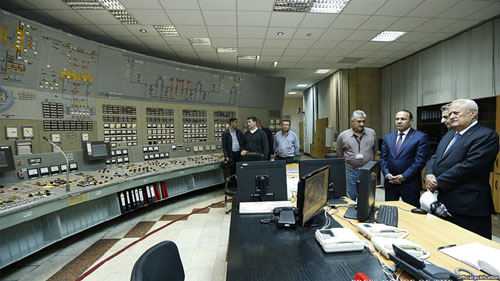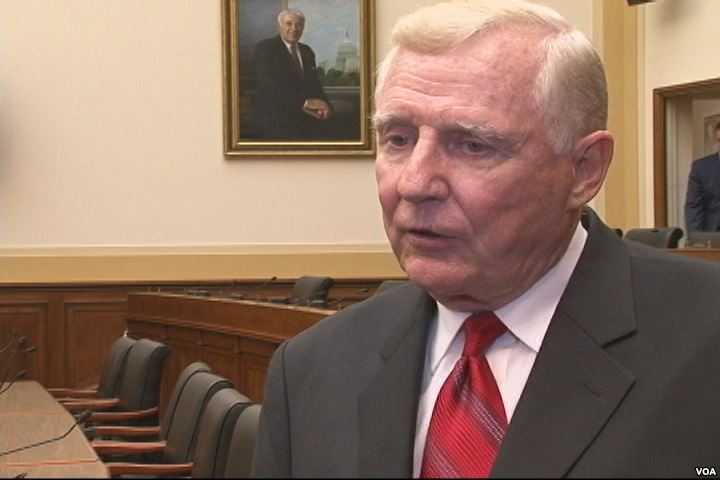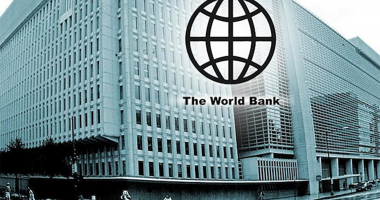YEREVAN (RFE/RL) — The Armenian government officially unveiled on Wednesday a long-term energy security strategy for Armenia that has been drawn up with financial and technical assistance provided by the United States.
The 20-year plan envisages the country’s continued heavy reliance on nuclear energy and major reforms of the Armenian energy sector whose grave financial troubles were instrumental in recent dramatic street protests in Yerevan.
Prime Minister Hovik Abrahamian, Energy Minister Yervand Zakharian and one of his deputies, Areg Galstian, presented the document at a meeting with government officials, lawmakers, civil society members and Yerevan-based foreign diplomats. According to Zakharian, it is based on a “deep and comprehensive analysis” of the sector that was launched by Armenian and U.S. energy experts in May 2014. The study has been financed by the U.S. Agency for International Development.
“Through the implementation of this program we will have a safe, reliable and stable energy system, sufficient electricity production for the domestic market and exports, a stable financial situation, predictable tariffs, and a decrease in losses,” the minister told the audience.
In Galstian’s words, all “scenarios” for energy sector development outlined in the program support the Armenian government’s plans to extend the operations of the Metsamor nuclear power station by 10 years and replace it by a new nuclear facility in 2027. Metsamor’s sole functioning reactor accounts for around 40 percent of Armenian electricity output.
Both the U.S. and the European Union have long considered Metsamor’s sole functioning reactor inherently unsafe, pressing the authorities in Yerevan to decommission it as early as possible. They have at the same time financed major safety upgrades that have been carried out at Metsamor for the past two decades.
“In order to maintain the current level of the country’s energy security, the Republic of Armenia will continue to develop atomic energy,” stated Abrahamian.
Galstian said the government will also assist in the construction of new thermal-power plants starting in 2018. He said they are needed for replacing the country’s largest and most outdated thermal power plant located in the central town of Hrazdan.
The World Bank warned earlier this year that Armenia could face power shortages unless it builds at least one such gas-fired facility in the coming years. Its energy experts said that the combined capacity of all Armenian power plants would otherwise fall short of nationwide demand by 2026.
In his speech, Abrahamian said his government will also embark on “new reforms” to try to address the “difficult financial situation” of the domestic power generating and distributing facilities. He clearly referred to more than $225 million in debts accumulated by the Electric Networks of Armenia (ENA), the Russian-owned national power utility.
The ENA has posted growing losses in the last few years despite repeated increases in electricity prices approved by state regulators. The most recent price hike, which was supposed to take effect on August 1, sparked last month two-week nonstop demonstrations in Yerevan. Their mostly young participants believe that the ENA’s troubles are the result of corruption and mismanagement, rather than low energy tariffs.
The government responded to the protests by effectively suspending the more than 17 percent price rise for consumers. It said it will subsidize the tariffs until an upcoming special international audit of the ENA meant to determine whether the utility has indeed been mismanaged by its Russian parent company, Inter RAO.
The source of that subsidy is still unclear, with government officials saying only that it will be financed from “extrabudgetary” funds.










